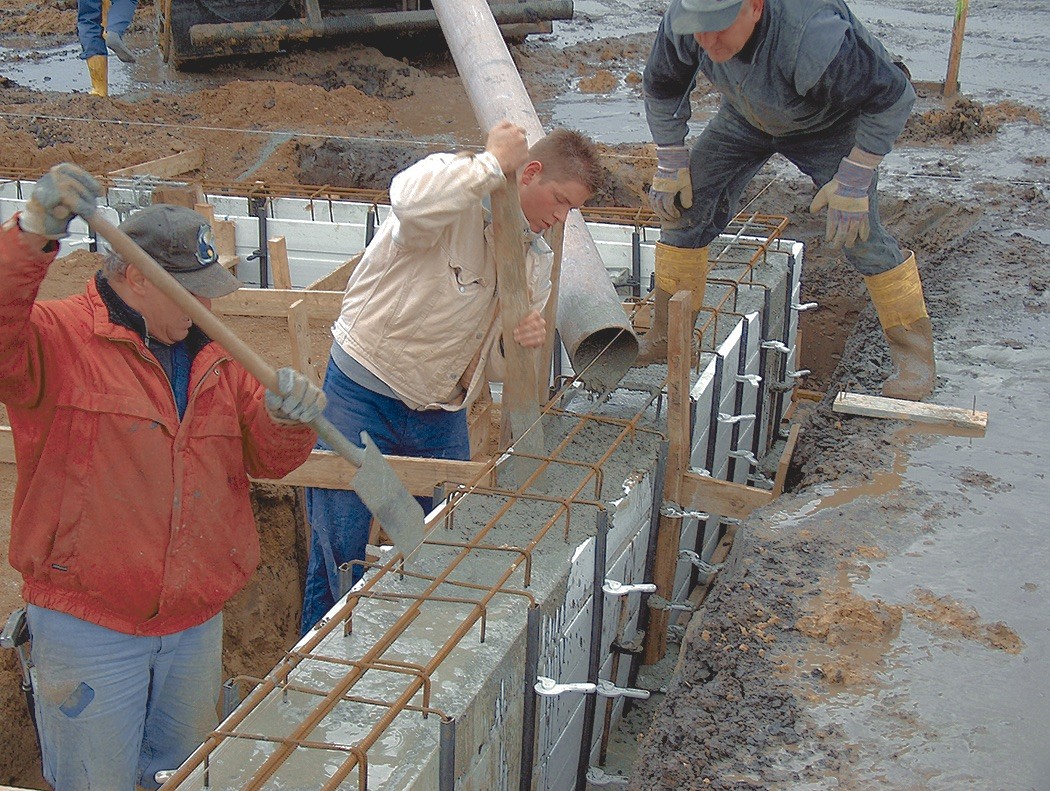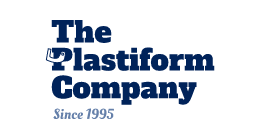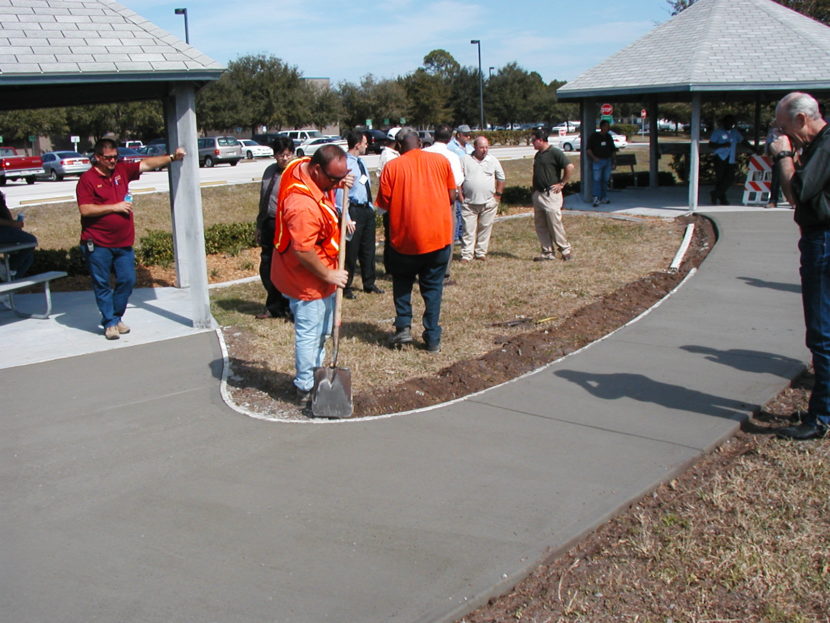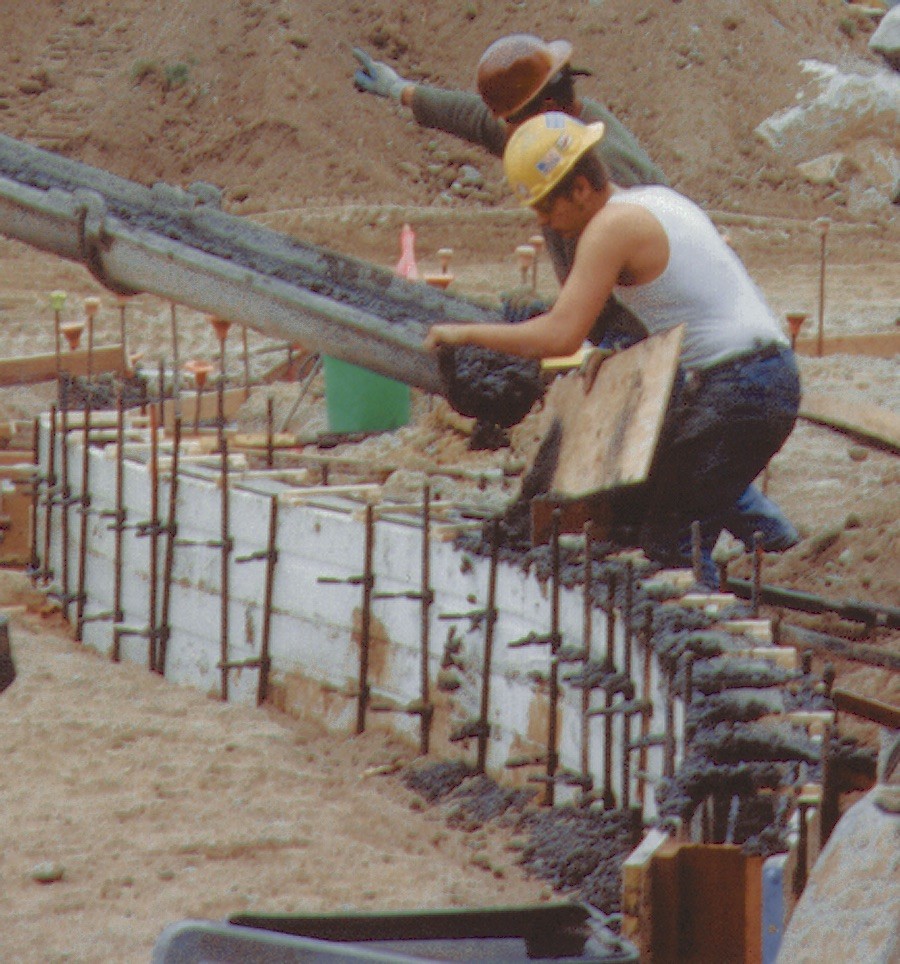
Using Plastic, Wood, and Steel Forms for Concrete Flatwork
Sidewalks, Pathways, and Driveways
Concrete flatwork, such as sidewalks, pathways, and driveways, is a crucial element in urban and suburban landscapes. The forms used in these constructions are vital for shaping and supporting the concrete until it hardens. This document explores the use of plastic, wood, and steel forms in concrete flatwork, detailing the pros and cons of each material.
Plastic Forms
Plastic forms are increasingly popular in concrete flatwork due to their lightweight and versatile nature.
Pros
- Lightweight and Easy to Handle: Plastic forms are significantly lighter than wood or steel, making them easier to transport and set up.
- Durability: Plastic forms are resistant to rot, corrosion, and chemical damage, ensuring a longer lifespan.
- Flexibility: They can be easily bent and shaped to create curved edges, ideal for intricate pathways and decorative designs.
- Reusable: High-quality plastic forms can be reused multiple times, making them cost-effective in the long run.
Cons
- Initial Cost: Plastic forms can be more expensive initially compared to wood.
Wood Forms
Wood has been a traditional material for concrete forms due to its availability and ease of use.
Pros
- Cost-Effective: Wood forms are generally less expensive than plastic or steel, making them a budget-friendly option.
- Versatility: Wood can be easily cut, shaped, and adjusted on-site to fit various project requirements.
- Accessibility: Wood is widely available and does not require specialized equipment to work with.
Cons
- Durability: Wood is prone to rot, warping, and insect damage, especially in moist conditions, reducing its lifespan.
- Labor Intensive: Setting up and dismantling wood forms can be labor-intensive and time-consuming.
- Waste: Wood forms often need to be replaced after a few uses, leading to increased waste.
Steel Forms
Steel forms are known for their strength and precision, often used in large-scale or high-precision concrete projects.
Pros
- High Strength: Steel forms provide exceptional strength and support, suitable for heavy loads and large-scale projects.
- Durability: Resistant to warping, cracking, and weathering, steel forms have a long lifespan.
- Precision: Steel forms offer precise measurements and smooth finishes, ideal for projects requiring high accuracy.
- Reusable: Steel forms can be reused many times without significant wear and tear, making them cost-effective over time.
Cons
- Weight: Steel forms are heavy and require more effort and equipment to transport and set up.
- Cost: The initial cost of steel forms is higher compared to plastic or wood.
- Corrosion: Without proper treatment, steel forms can be susceptible to rust and corrosion.
Conclusion
Selecting the appropriate form material for concrete flatwork depends on the specific requirements of the project, including budget, design complexity, and durability needs. Plastic forms offer flexibility and ease of use for decorative and smaller projects but come at a higher initial cost. Wood forms are cost-effective and versatile but may not last as long. Steel forms provide unmatched strength and precision for large-scale projects but require a higher investment and more effort to handle. By weighing the pros and cons of each material, builders can make informed decisions that ensure the success and longevity of their concrete flatwork projects.





